
1971 Corvettes: 50 years ago, the Credo was ‘a Trouble-Free Car’
Despite government fuel regulations that bit into horsepower, the 1971 Corvette was built for performance with a focus on trouble-free cars.
For 1971, the St. Louis Corvette Plant built 21,801 C3s – 7,121 Convertibles and 14,680 Coupes – and they may have looked like 1970 Corvettes, but they had their own quirks and personality changes. Virtually the same externally, the 1971 Corvettes can be differentiated from 1970 by the chrome trim strip surrounding the front grill, and ’71s have a 9.0 or lower compression ratio compared to the 10.25 or higher ratios in 1970. Engine changes were done to reduce the octane requirements from previous years as mandated by the government. For 1971, all Corvette engines were designed to operate efficiently on the new no-lead or low-lead gasoline mixtures. The engine tweaks took priority over cosmetic changes, though parking light lenses were switched from clear to amber in most ’71s.
There were minor advances made, such as an easier-to-open fuel filler door, and an automatic transmission selector quadrant that illuminated during night-time operation. The resin process used to form body parts was updated to increase quality and 1971 was the last year for the M22 “Rock Crusher” heavy-duty transmission – named for the throaty and guttural sounds made during shifting. Additionally, the 1971 Corvette was the last Corvette model to feature the fiber-optics light monitoring system, and it is believed that many late-model 1971 Corvettes were manufactured without the fiber optics.
The lack of major changes in design allowed the GM production line in St. Louis to focus on producing “a more trouble-free car,” and plant workers took pride in building better overall machines. Vince Shanks, the plant manager of the St. Louis Corvette Manufacturing Plant, was quoted as saying, “When you ask a GM guy where he works in St. Louis, he’ll tell you ‘Corvette’ rather than ‘Chevrolet.’ Every Corvette he sees on the road is one he’s worked on. That’s quite an incentive for perfection.”
The 1970 through 1972 Corvettes were purpose-built. Zora Arkus-Duntov, often called “The Father of the Corvette,” was the Director of High Performance Vehicles at Chevrolet and Chief Engineer for Corvette. He specifically engineered the 1970-’72 Corvette’s suspension, tires and aerodynamics for the car’s safe performance at 140mph. Designed for speed and stability at speed, the 1971 Corvette incorporated specific design specs. Every facet of its design, from the front and rear door handles, was wind-tunnel tested and refined. The N44 nylon cord tires were designed specifically for the Corvette for sustained 140 mph driving, and were used on no other American car. The suspension was built with more “travel” than any other American-built car, for the softest ride of any US-performance vehicle. Brakes, steering, aerodynamics and horsepower were all designed for top-speed performance. Even airflow was special-built as the air entered by way of a spoiler below and behind the grille through two slots in the bodywork, rather than through the grille and radiator.
Base priced at $5,496 (Coupe), $5,259 (Convertible), and available with a 3-speed manual (standard), 4-speed manual (optional) or 3-speed Turbo Hydra-Matic automatic (optional), power dropped from the 1970 version to comply with regs. 1971 Corvette muscle ratings ranged from 270hp to 425hp and from 360 lb-ft to 475 lb-ft of torque from 10 different engine/trans set-ups. The previous base engine produced 300hp, and hp drops were seen in the LT1, 454 LS5 and 454 LS6 engines. The base 350ci base engine was rated at 270hp, while a beefier LT1 350 got 330hp; the 454ci LS5 was rated at 365hp and the 454ci LS6 was good for 425hp – down as much as 50hp from 1970, as it was developed to operate on low-lead, lower-octane fuel.
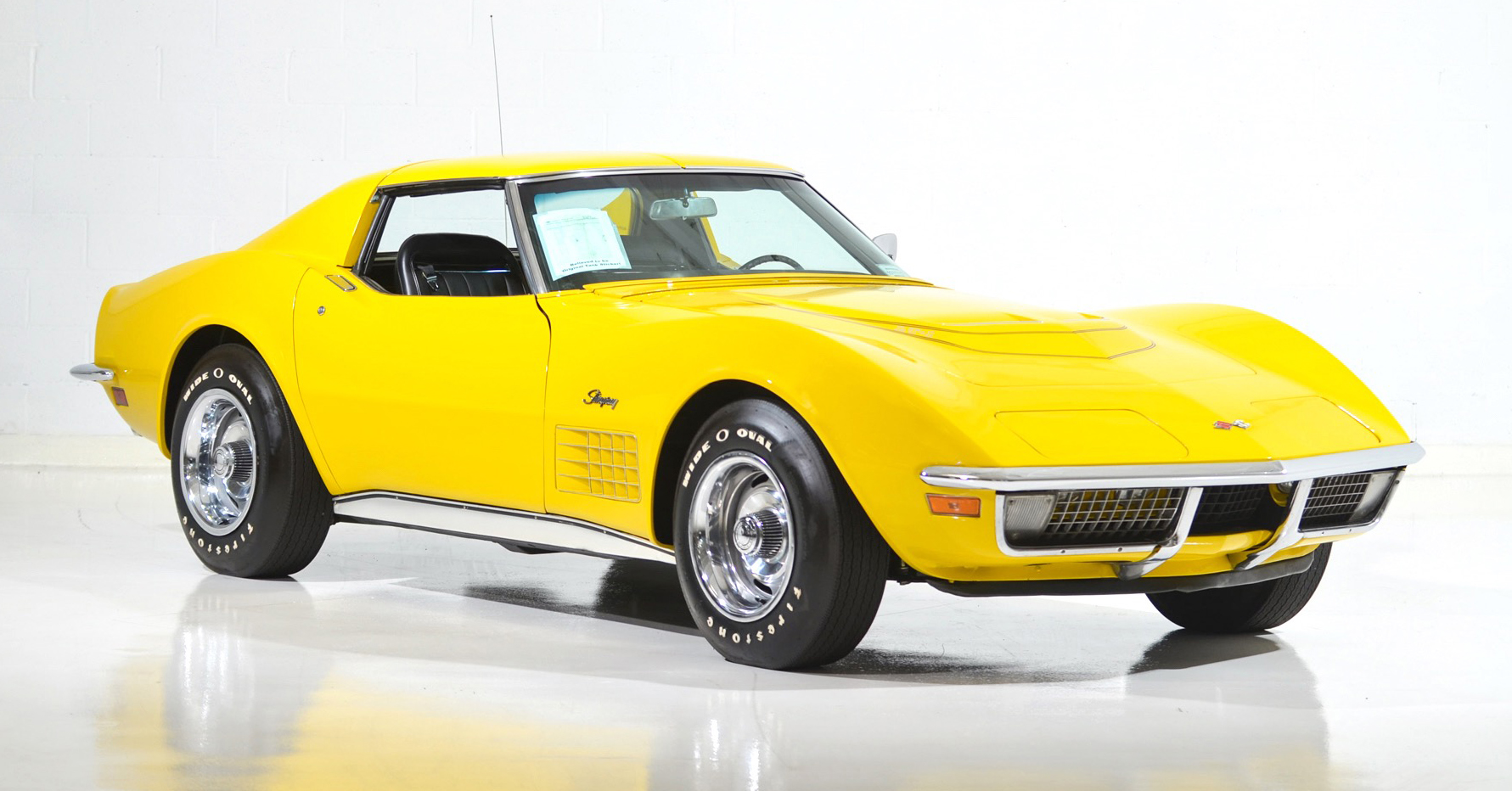
The top acceleration was still formidable despite the power drop, as the Stingray ZR2 was touted as dashing from zero to 60mph in 5.3 seconds, while polishing off a quarter-mile drag time in 13.7 seconds.
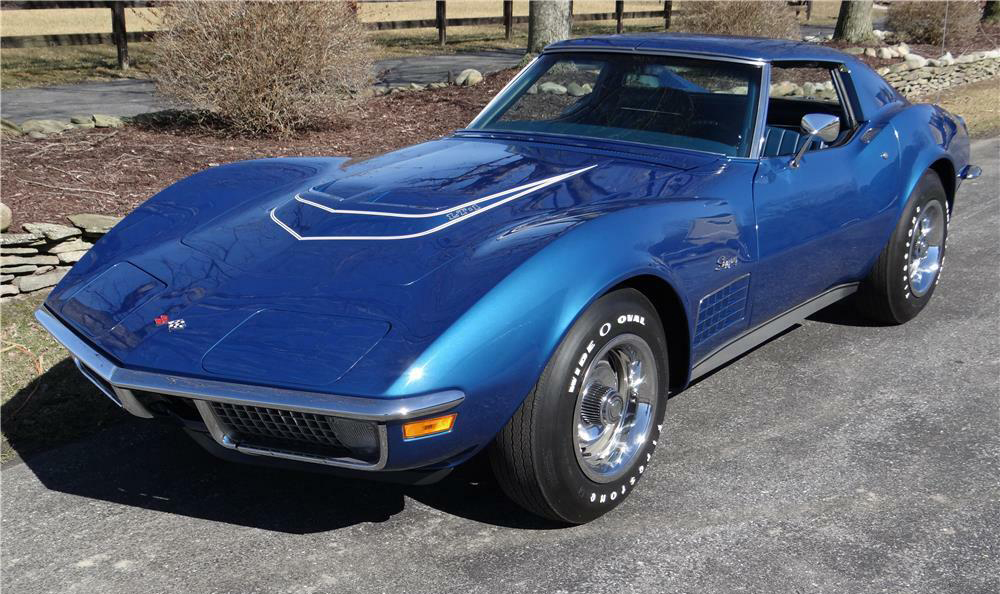
Standard colors for 1971 were Nevada Silver, Sunflower Yellow, Classic White, Mille Miglia Red, Mulsanne Blue, Bridgehampton Blue, Brands Hatch Green, Ontario Orange, Steel Cities Gray, and War Bonnet Yellow.
Built on a 98-inch wheelbase, he 1971 Corvette had a height of 47.8 inched, length of 182.5 inches, width of 69.0 inches and ground clearance of 4.8 inches, for a curb weight of about 3300 lbs. Inside, driver and passenger were afforded headroom of 37.2 inches, legroom as much as 43 inches, shoulder room of 46.9 inched and hip room of 48.4 inches.
The 1971 Corvette also included an optional custom interior trim package made up of leather seat trim, wood-grain accents, lower carpet trim on interior door panels, wood grain accents on the console and special cut-pile carpeting.
Standard security, safety and accident prevention items included an audio alarm system, gas cap lock, child safety seat, fire extinguisher, seat belts and shoulder belts (except convertible) with pushbutton buckles and retractors for driver and passenger, built-in head restraints, energy-absorbing steering column, passenger-guard door locks, safety door latches and hinges, folding seat back latches, energy-absorbing padded instrument panel, thick-laminate windshield, padded sun visors, safety armrests, and safety steering wheel.
At 50 years old, the 1971 Corvette is a classic, and while some in good condition can be purchased for under $20,000, one auctioned ’71 ZR2 convertible – only two were produced -- hammered for $550,000.
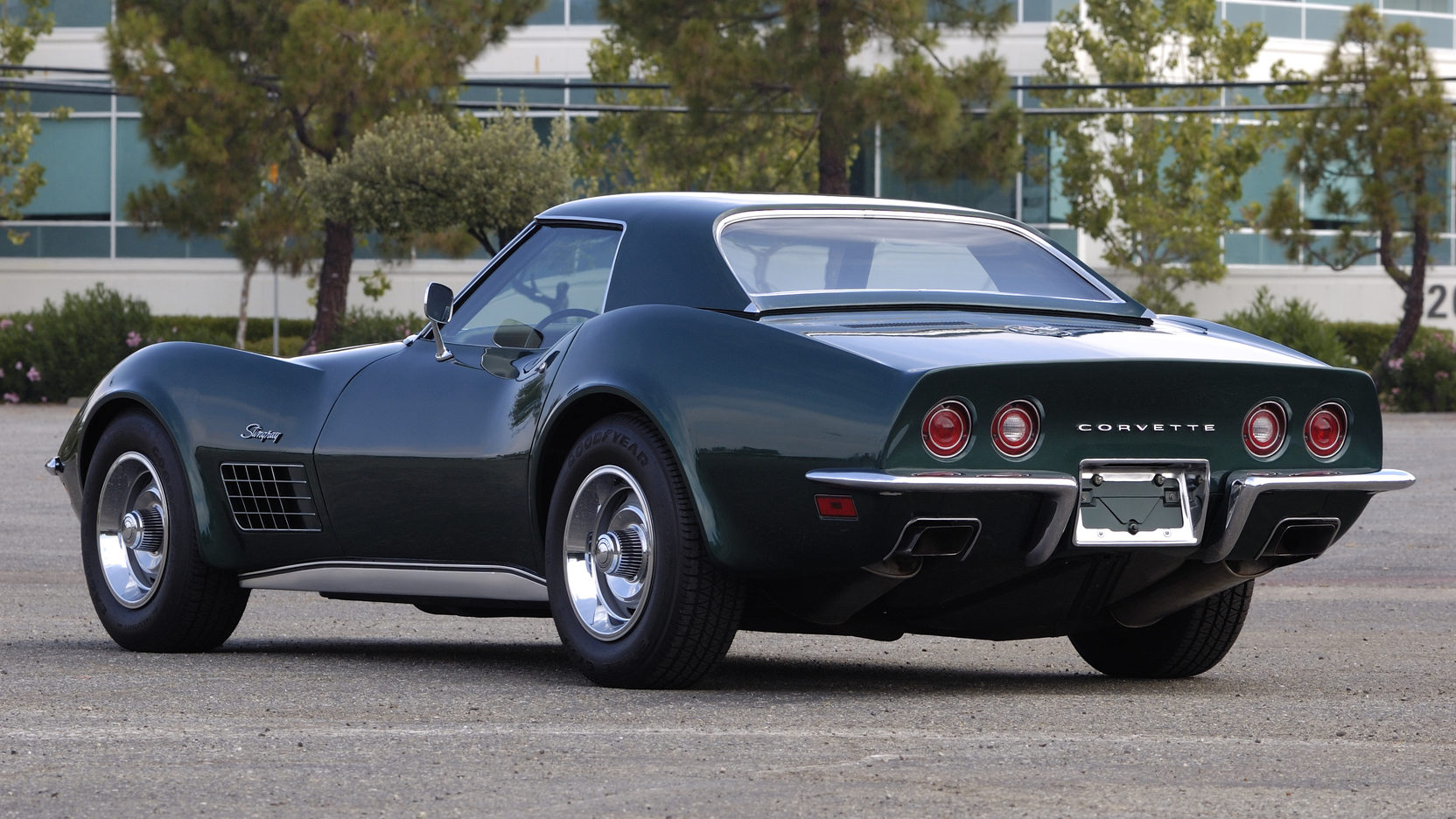
You can see the 1971 Corvette and thousands of “America’s Sports Car” representing all generations of Corvette at Corvettes at Carlisle, August 26-28 at the Carlisle (PA) Fairgrounds. Corvettes at Carlisle is the largest and most fun-filled Corvette event in the world.
> Visit www.CarlisleEvents.com for more on the automotive hobby.
Mike Blake, former editor of KIT CAR magazine, joined Carlisle Events as senior automotive journalist in 2004. He's been a "car guy" since the 1960s and has been writing professionally for about 30 years. </I>
Book with a preferred Hotel
Book online or call (800) 216-1876


.png?sfvrsn=8cce4cd8_2)




Leave a commentOrder by
Newest on top Oldest on top